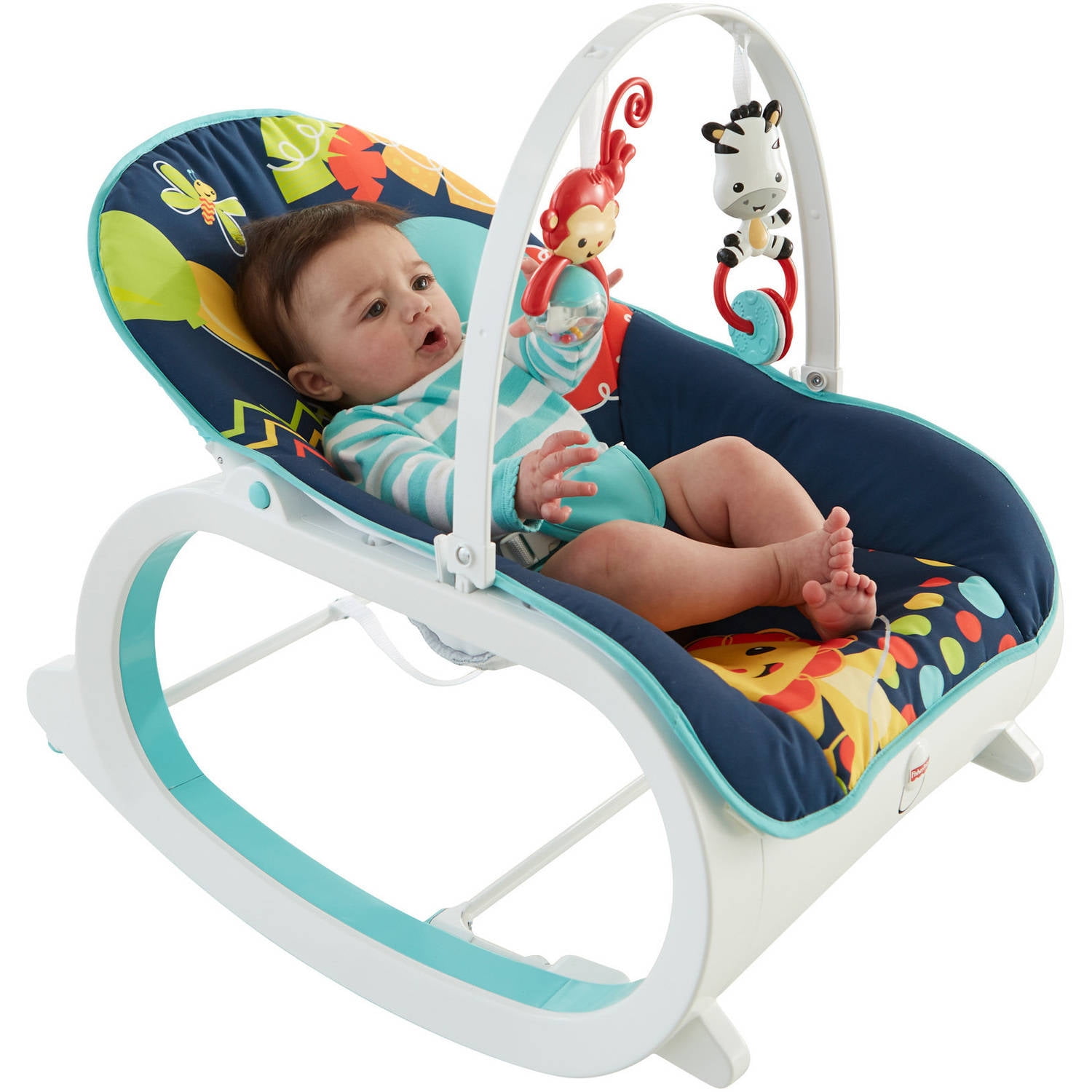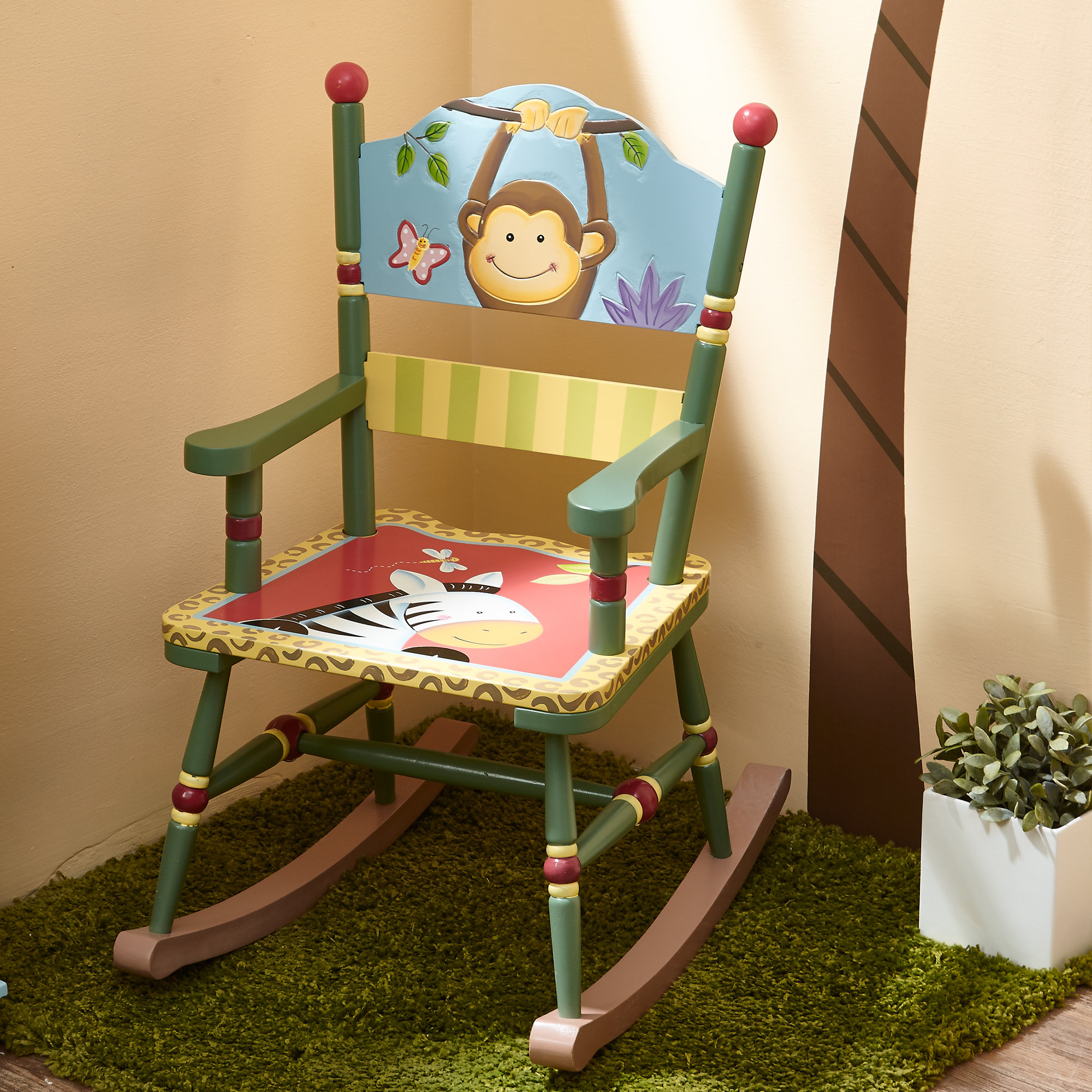Safety and Features of Toddler Rocking Chairs: Target Toddler Rocking Chair

Choosing a toddler rocking chair requires careful consideration of safety and features to ensure a fun and secure playtime experience. This involves assessing materials, stability, and potential hazards, as well as understanding the differences between various types of rocking chairs. The right chair will provide years of enjoyment while prioritizing the child’s well-being.
Essential Safety Features in Toddler Rocking Chairs
Several key safety features are paramount when selecting a toddler rocking chair. The materials used should be non-toxic, durable, and easy to clean. The chair’s stability is crucial; it should have a wide, sturdy base to prevent tipping. Sharp edges, small parts that could be choking hazards, and gaps where fingers or limbs could get trapped should be avoided. Regular inspection for any signs of wear and tear is also essential. Finally, the weight capacity should be clearly stated and should comfortably exceed the child’s weight.
Comparison of Toddler Rocking Chair Types
Wooden, plastic, and fabric rocking chairs each offer unique advantages and disadvantages. Wooden rocking chairs are often considered the most durable and aesthetically pleasing, providing a classic look. However, they can be heavier and more expensive. Plastic rocking chairs are lightweight, easy to clean, and generally more affordable, but they might not be as sturdy or long-lasting. Fabric rocking chairs, often featuring soft upholstery, can be comfortable but require more careful cleaning and may not be as durable as wooden or plastic options. The choice depends on individual preferences and priorities, balancing durability, cost, and aesthetic appeal.
Comparison Table of Toddler Rocking Chairs
The following table compares four hypothetical toddler rocking chairs, highlighting key features. Note that prices and specific features may vary depending on the brand and retailer.
| Feature | Chair A (Wooden) | Chair B (Plastic) | Chair C (Fabric) | Chair D (Hybrid – Wood & Fabric) |
|---|---|---|---|---|
| Weight Capacity | 50 lbs | 40 lbs | 35 lbs | 45 lbs |
| Material | Solid wood (birch) | High-density polyethylene | Polyester fabric, wood frame | Hardwood frame, padded fabric seat |
| Price Range | $100-$150 | $50-$80 | $70-$120 | $120-$180 |
| Safety Features | Rounded edges, stable base | Rounded edges, smooth surface | Securely attached fabric, stable base | Rounded edges, sturdy frame, removable fabric for washing |
Detailed Illustration of an Ergonomically Designed Toddler Rocking Chair
Imagine a rocking chair crafted from sustainably sourced birch wood. The seat is gently curved to support the toddler’s spine, promoting proper posture. The backrest is slightly reclined for optimal comfort. The armrests are rounded and smoothly finished to prevent injury. The base is wide and low to the ground, ensuring exceptional stability and preventing tipping. The rocking motion is smooth and gentle, thanks to carefully designed rockers that are securely attached to the frame. All edges and corners are meticulously rounded to eliminate sharp points. A durable, non-toxic finish protects the wood and ensures easy cleaning. The overall design emphasizes both safety and comfort, creating a secure and enjoyable rocking experience for the toddler.
Choosing the Right Rocking Chair for Your Toddler

Selecting the perfect rocking chair for your toddler involves careful consideration of several key factors to ensure both safety and enjoyment. A well-chosen rocking chair can provide a comfortable and engaging space for your child to relax, read, or simply enjoy the gentle rocking motion. This guide will help you navigate the process of choosing the ideal rocking chair for your little one’s developmental stage and your home’s aesthetic.
Determining Appropriate Size Based on Age and Developmental Stage
Toddler rocking chairs come in various sizes, and selecting the right fit is crucial for safety and comfort. A chair that’s too small might restrict movement and be uncomfortable, while one that’s too large could pose a falling hazard. For infants and very young toddlers (12-18 months), a smaller, more compact chair with low sides is recommended. As your child grows (18-36 months), you can transition to a slightly larger chair offering more space and support. Consider the chair’s seat depth and width to ensure your child can comfortably sit and rock without feeling cramped or at risk of falling out. Always check the manufacturer’s recommended age and weight limits.
The Importance of Weight and Height Considerations
The weight and height of your toddler are paramount factors in choosing a rocking chair. The chair’s weight capacity must significantly exceed your child’s weight to ensure stability and prevent tipping. Similarly, the chair’s height should be appropriate for your child’s leg length, allowing them to comfortably place their feet on the floor while sitting. A chair that is too high might cause discomfort or make it difficult for your child to get in and out safely. For instance, a toddler weighing 25 pounds should ideally use a rocking chair with a weight capacity of at least 50 pounds, providing a significant safety margin. Measuring your child’s height and comparing it to the chair’s dimensions is crucial to ensure a proper fit.
Benefits of Different Rocking Chair Styles and Suitability for Home Decor, Target toddler rocking chair
Rocking chairs for toddlers come in a wide array of styles, each offering unique benefits and aesthetic appeal. Traditional wooden rocking chairs often exude a classic charm and seamlessly integrate into various home decor styles. Modern rocking chairs, often featuring sleek lines and contemporary materials, can add a stylish touch to a modern or minimalist home. Themed rocking chairs, such as those featuring animal shapes or favorite cartoon characters, can be particularly appealing to younger children. Consider your home’s existing décor and your child’s preferences when selecting a style. A brightly colored rocking chair with playful designs might be ideal for a child’s room, while a more understated wooden chair might be a better fit for a living room.
Prioritizing Comfort, Safety, and Longevity When Selecting a Toddler Rocking Chair
Parents should prioritize several key factors when choosing a toddler rocking chair. Comfort is paramount; the chair should have a supportive seat and back, ensuring your child’s comfort during extended periods of sitting. Safety features, such as sturdy construction, smooth edges, and a wide, stable base, are non-negotiable. Consider chairs with safety belts or harnesses, especially for younger toddlers. Finally, longevity should be considered; a well-made chair constructed from durable materials will withstand the wear and tear of daily use and potentially last for years, even as your child grows. Investing in a high-quality rocking chair that meets these criteria will provide both safety and value for your family.
Rocking Chairs and Toddler Development

Rocking chairs offer more than just a soothing ride for toddlers; they contribute significantly to their physical, sensory, and cognitive development. The gentle rhythmic motion engages multiple developmental areas, fostering growth in ways that traditional seating cannot. This section explores the specific developmental benefits toddlers gain from using rocking chairs, and suggests ways to maximize these benefits.
Rocking chairs provide a unique opportunity to enhance a toddler’s sensory and motor skills. The back-and-forth movement stimulates the vestibular system, located in the inner ear, which is responsible for balance and spatial orientation. This sensory input helps toddlers develop a better understanding of their bodies in space, improving coordination and balance. Simultaneously, the act of rocking strengthens core muscles, promotes gross motor skills like leg and torso control, and improves hand-eye coordination as toddlers might hold toys or books while rocking. The varied textures of the rocking chair itself—the smooth wood, the plush fabric of the cushions—further enriches their sensory experiences.
Sensory and Motor Skill Development Through Rocking Chair Activities
Engaging toddlers in various activities while they use a rocking chair can further enhance their development. For instance, reading a book together while rocking creates a calming and focused environment, fostering language development and a love for reading. Singing songs and rhymes while rocking introduces toddlers to rhythm and musicality, contributing to their language and cognitive development. Simple games like gently bouncing a ball while rocking can improve hand-eye coordination and gross motor skills. Additionally, providing toys that require manipulation, such as stacking blocks or shape sorters, encourages fine motor skill development while the rhythmic motion of the chair provides a calming backdrop.
Soothing and Calming Effects of Rocking Chairs
The gentle, rhythmic motion of a rocking chair has a profound calming effect on many toddlers. The repetitive movement mimics the sensation of being held and rocked, triggering a release of calming hormones. This can be particularly beneficial for toddlers who experience anxiety, difficulty settling down, or have trouble falling asleep. The predictable and controlled movement offers a sense of security and comfort, creating a haven for relaxation and reducing stress levels. This soothing effect can be further enhanced by incorporating soft music or quiet storytelling into the rocking chair experience. For example, a parent might gently rock a fussy toddler while humming a lullaby, creating a calming routine that aids in self-soothing and reduces the need for other forms of comfort.
